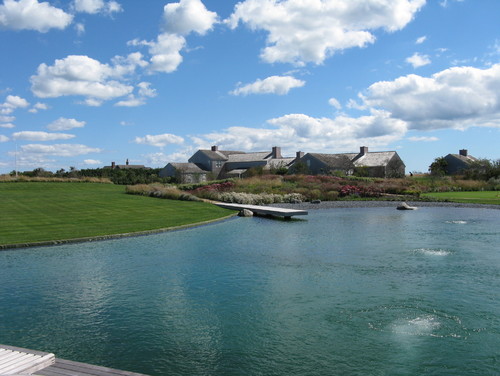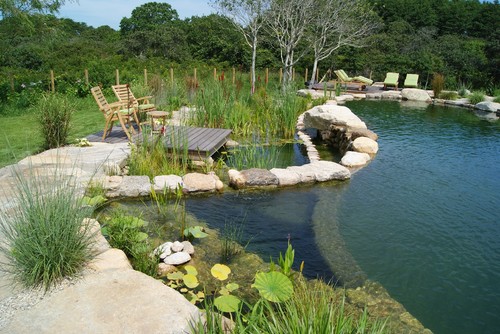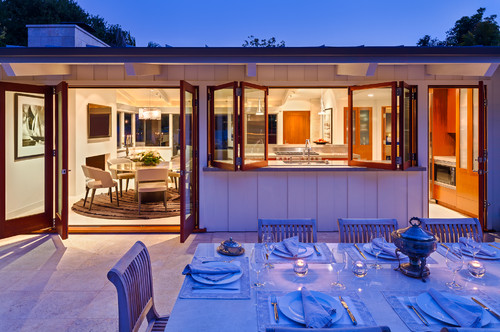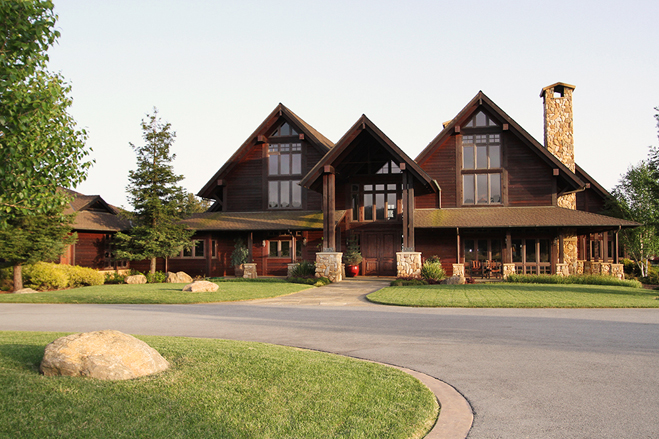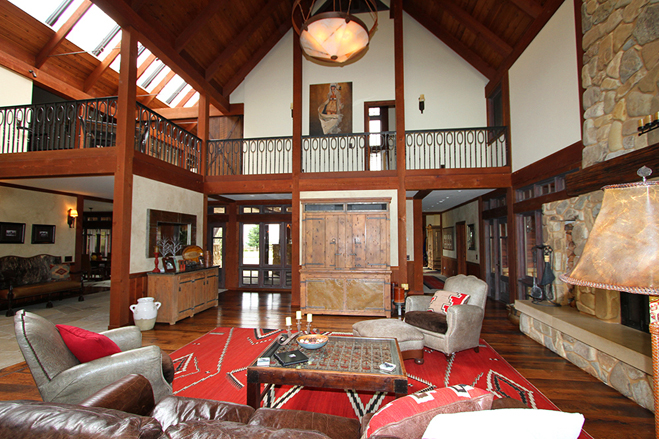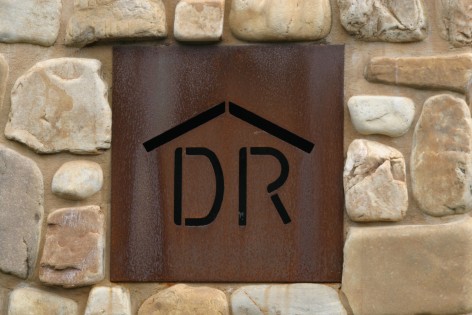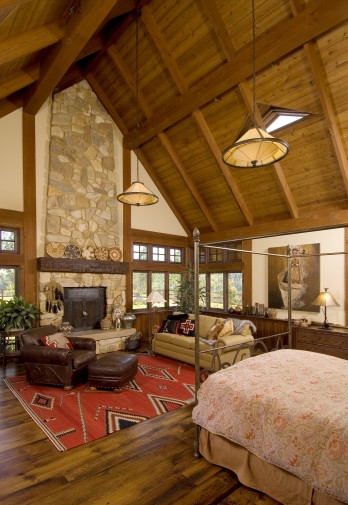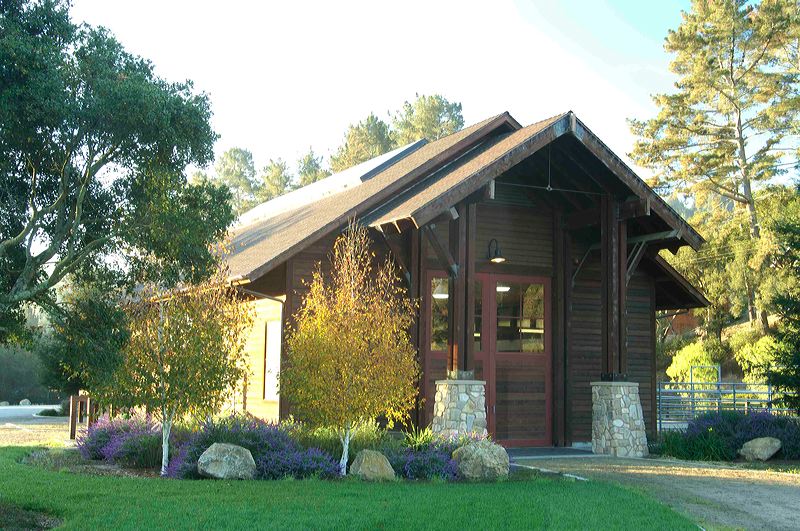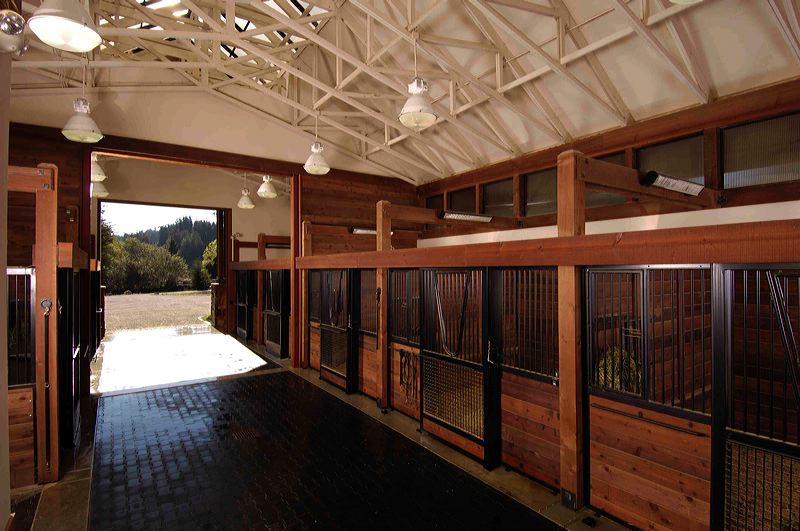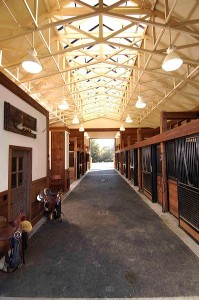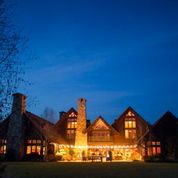Christie’s International Real Estate CEO Talks to the NYT
Recently, Christie’s CEO Bonnie Stone Sellers spoke to the New York Times about the future of the powerhouse company, and how it’s success is driven by the success of the affiliates.
Ms. Sellers is the chief executive of Christie’s International Real Estate, the New York-based division of the auction house Christie’s. The company has 138 real estate affiliates in 45 countries, including Brown Harris Stevens.
Before joining Christie’s in September 2012, she served as the head of the real estate group at McKinsey & Company, where she was a partner for 14 years.
Interview conducted and condensed by VIVIAN MARINO
Q. How does the New York market factor into the overall business at Christie’s International?
A. There isn’t any one affiliate that is that major a factor, but New York is a very important location for us. A lot of our major transactions are in the New York market. Since I’ve been with Christie’s International Real Estate, our network’s biggest transaction in New York City was through our affiliate Brown Harris Stevens: an $88 million apartment at 15 Central Park West bought by a Russian oligarch in 2012.
Q. Have you added affiliates since you came to the helm?
A. We’ve added 18 affiliates, some of which are in really key areas — from Singapore to Dubai; Monaco; Orange County, Calif.; Honolulu, just to name a few.
As a result of this and as a result of the strength of the luxury market, our growth has been substantial.
Q. How so?
A. In 2013, we had a sales volume of $106 billion. That reflected a 29 percent growth over the previous year of about $82 billion.
Q. What is your forecast for this year?
A. We’re looking for a bigger number.
Q. Your company recently published its second annual study of the global luxury market. Any surprises?
A. The big surprise for us was the velocity of sales. We had no idea that the growth in the luxury market was related to the volume of sales, in particular, rather than the increase of prices. The second big “aha!” to us in our research — and we do all the research ourselves, by the way — was that luxury real estate has no relationship to general housing. It bears a very close relationship to luxury goods, particularly fine art. And if you look at how well the auction house did this past year, it kind of proves the point. Many have multiple pieces of art, and multiple homes.
Q. Are there just more rich people around?
A. There are a lot more rich people, and the rich people have more wealth — this had been in many public reports. But to us, we see three groups driving this.
The first group that everyone hears about is the foreigners. They invest in London and the United States and they do that to have a safe place for their capital, a place where they can eventually live when they want to send their children to school; a place that has ease of access — a lifestyle city.
A second group are the millennials. This is a generation that for the first time is receiving money from their baby-boomer parents or perhaps they were in the tech area and they’ve earned their own money. They’re becoming a noticeable force in the market.
But the third group — the real driver — is the locals. And this is not just focused on New York but all the major cities we’ve looked at. The locals were on the sidelines during the recession and they’ve now come back with their pent-up demand and they’re fueling the growth of the lowest end of the luxury market — $1 million to $5 million — because finances are available and they have confidence.
Q. In the New York market, $1 million isn’t really considered luxury.
A. We actually agree with you. In the New York market, we define luxury as $5 million and above. But for our network globally, we only handle properties starting at $1 million.
Q. So if I wanted to list a home for under $1 million, you wouldn’t market it?
A. Our affiliates may take it, but not under the Christie’s network.
Q. Are you working directly with any big developments?
A. You caught us just before we announced the business — we’re going to be launching it this summer.
One of the new initiatives this year is to create a business in development project marketing. We have three projects under our belt already. The one we are about to launch is in Sardinia; we also have two projects in London.
Q. Where would you like to see the company in the next few years?
A. We have some bold aspirations in the next five to 10 years. First: geographic expansion. We need to be in every major luxury city in the world, and there are still a few that we haven’t yet tackled. There are several in Asia that we’re testing the waters on right now — for example, Tokyo.
I’d like to deepen synergies with the auction house. This year we had the opportunity to market and sell the properties of Huguette Clark. She died, a copper heiress, with four properties in the New York area — three on Fifth Avenue, sold together with our affiliate Brown Harris Stevens — and one in Connecticut. In addition, we sold a lot of the art in the homes, jewelry and in the most recent auction, the Monet “Water Lilies.” So it came full circle: the art and the real estate together. It was a perfect synergy.
